Sonus Paradisi
Groningen, 1450-1740 [Obra Principal]
Groningen, 1450-1740 [Obra Principal]
Não foi possível carregar a disponibilidade de recolha
A história do órgão da Igreja Martini em Groningen
A história do órgão Martini remonta a 1450, quando Mestre Hermannus construiu um órgão e colocou-o numa nova galeria. Em 1482, o órgão foi ampliado com um Rugpositief por Mestre Johan então Damme de Appingedam. O consultor para esse trabalho foi o humanista e organista Rudolphus Agricola. O nome dele pode ser visto no cartucho abaixo do Rugpositief.
O caixa do órgão mostra o ano de 1542, que se refere a uma reconstrução do órgão em estilo renascentista por um construtor desconhecido. Adições adicionais foram feitas por volta de 1564 por Andreas de Mare e em 1627/28 por Anthonie Adam Verbeeck. De 1685 a 1690 Jan Helman começou um trabalho extenso incluindo novos foles, teclados e caixas de molas para o Hoofdwerk e o Pedaal, mas ele morreu em 1690 deixando parte do trabalho inacabado. A paróquia então contatou Arp Schnitger, que completou o trabalho deixado inacabado por Helman em 1691/92. Schnitger construiu grandes torres de pedal em ambos os lados do órgão e colocou os tubos Principais de 32 pés na fachada.
Em 1728, o filho de Arp Schnitger Franz Caspar construiu novos reservatórios de ar para o Hoofdwerk e o Pedaal, bem como um novo Rugpositief incluindo caixa, entalhes em madeira e console. Apesar da longa e diversificada história deste órgão antes da época de Schnitger, o trabalho de Schnitger é tão profundo que é justificável dizer que o órgão da igreja Martini é um órgão de Schnitger.
Após a morte de Franz Caspar Schnitger, trabalho adicional foi concluído em 1730 por Mestre Albert Anthony Hinsz. Então em 1739/40, Albert Anthony Hinsz instalaram sete novos registos e assim o órgão foi ampliado para 47 registos.
No século XIX, o órgão Martini foi adaptado várias vezes aos gostos da moda da época, e a sua disposição foi romantizada (1816, 1831, 1854/55). Os construtores de órgãos Lohman e mais tarde Van Oeckelen fizemos modificações em muitos registos e estendemos o órgão para 52 registos.O século XX trouxe várias grandes mudanças: uma ação pneumática para o pedal (1904), a remoção dos oito foles em cunha sobreviventes em favor de um grande fole de magazine, e em 1938/39 uma nova consola com ação elétrica para os teclados, alguns novos registos e uma nova afinação. No entanto, a consola original foi mantida no lugar.
A restauração do órgão por Jürgen Ahrend em Leer/Loga (Alemanha) aconteceu em duas partes, a primeira em 1976/77 e a segunda em 1983/84. O trabalho incluiu a reconstrução da ação mecânica, a construção de um novo fornecimento de ar, e a restauração das caixas de ar. Os tubos antigos foram restaurados para a sua afinação barroca e o órgão foi devolvido à disposição de 1740 – embora alguns registos do século XIX também estejam preservados no instrumento atual com uma afinação adaptada. Ahrend até reconstruiu a Speelfluit original 4´, da qual apenas um único tubo de 1542 foi encontrado preservado no museu local. O órgão agora consiste em 53 registos falantes. É notável que os tubos de 32 pés do órgão foram reparados novamente na igreja, e novamente mastros de navios foram usados para moldar o metal.
Apresentado a você pelo Leonart Studio, seu revendedor autorizado para Sonus Paradisi na Suíça (enviado internacionalmente). Obtenha seus órgãos históricos amostrados digitalmente para uso com o software de instrumento virtual Hauptwerk.
Partilhe este Conjunto de Amostras
![Groningen, 1450-1740 [Obra Principal]](http://artful.shop/cdn/shop/files/ss_Groningen1.jpg?v=1693275425&width=1445)
![Groningen, 1450-1740 [Obra Principal]](http://artful.shop/cdn/shop/files/ss_Groningen2.jpg?v=1693275425&width=1445)
![Groningen, 1450-1740 [Obra Principal]](http://artful.shop/cdn/shop/files/ss_Groningen3.jpg?v=1693275425&width=1445)
![Groningen, 1450-1740 [Obra Principal]](http://artful.shop/cdn/shop/files/ss_Groningen4.jpg?v=1693275426&width=1445)
![Groningen, 1450-1740 [Obra Principal]](http://artful.shop/cdn/shop/files/ss_Groningen5.jpg?v=1693275425&width=1445)
![Groningen, 1450-1740 [Obra Principal]](http://artful.shop/cdn/shop/files/ss_Groningen6.jpg?v=1693275426&width=1445)
![Groningen, 1450-1740 [Obra Principal]](http://artful.shop/cdn/shop/files/ss_Groningen7.jpg?v=1693275426&width=1445)
![Groningen, 1450-1740 [Obra Principal]](http://artful.shop/cdn/shop/files/ss_Groningen8.jpg?v=1693275425&width=1445)
![Groningen, 1450-1740 [Obra Principal]](http://artful.shop/cdn/shop/files/ss_Groningen9.jpg?v=1693275426&width=1445)
Especificação (lista de paragem)
-
Manual I
Rugwerk
Quintadena 16´
Praestant 8´
Roerfluyt 8´
Bourdon 8´
Octava 4´
Flauta 4´
Gedacktquint 3´
Nasat 3´
Octava 2´
Flauta 2´
Mixtura 4-6 st.
Sexquialter 2 st.
Cimbel 3 st.
Bassão 16´
Schalmey 8´
Oboé 8´ -
Manual II
Trabalho Principal
Praestant 16´
Octava 8´
Salicet 8´
Quintadena 8´
Gedackt 8´
Octava 4´
Flauta Gedackt 4´
Octava 2´
Flauta Plana 2´
Mistura 4-6 st.
Agudo 4 st.
Tertiana 2 st.
Trompete 8´
Viola d. Gamba 8´ -
Manual III
Bovenwerk
Praestant 8´
Holfluyt 8´
Octava 4´
Nasat 3´
Mixtura 4-6 st.
Sexquialter 2 st.
Trompete 16´
Vox Humana 8´ -
Manual IV
-
-
Pedal
Praestant 32´
Praestant 16´
Subbas 16´
Octava 8´
Gedackt 8´
Roerquint 6´
Octava 4´
Octava 2´
Nagthoorn 2´
Mixtura 4 est.
Bazuyn 16´
Dulciaan 16´
Trompete 8´
Cornete 4´
Cornete 2´
Bazuyn 32´ (ext.) -
Outras especificações
Acessórios:
RW tremulante
BW tremulante - afetando também RW, HW e Cornete de Pedal 2´.
Acopladores:
HW-RW, BW-HW. Mais acopladores disponíveis através dos Acopladores Mestre Hauptwerk.
Extensões virtuais:
Bazuyn 32´ é uma extensão virtual. Foi adicionada ao conjunto de amostras como uma homenagem ao Sr. Cornelius H. Edskes (1925-2015). O registo pode ser encontrado na jamb simples.
Praestant 32´ do instrumento original começa em Fá baixo. Tons mais baixos são feitos como um Resultante. Uma extensão virtual de Praestant 32´ está disponível através de um interruptor dedicado até o Dó mais grave.
História
A história do órgão da Igreja de Martini em Groningen
Órgão de St. Martini
A história do órgão de Martini remonta a 1450, quando o Mestre Hermannus construiu um órgão e o colocou em uma nova galeria. Em 1482, o órgão foi ampliado com um Rugpositief pelo Mestre Johan então Damme de Appingedam. O consultor para esse trabalho foi o humanista e organista Rudolphus Agricola. Seu nome pode ser visto na cartela abaixo do Rugpositief.
O caixa do órgão mostra o ano de 1542, que se refere a uma reconstrução do órgão em estilo renascentista por um construtor desconhecido. Na mesma época, o órgão foi ampliado com um Bovenwerk. No entanto, a estrutura gótica da caixa do órgão foi quase completamente preservada. Outras adições foram feitas por volta de 1564 por Andreas de Mare e em 1627/28 por Anthoni e Adam Verbeeck. De 1685 a 1690, Jan Helman começou um trabalho extenso, incluindo novos foles, teclados e caixas de molas para o Hoofdwerk e o Pedaal, mas ele morreu em 1690, deixando parte do trabalho inacabado. A paróquia então contatou Arp Schnitger, que completou o trabalho deixado inacabado por Helman em 1691/92. Schnitger construiu grandes torres de pedal em ambos os lados do órgão e colocou os tubos Principais de 32 pés na fachada. Os grandes tubos foram feitos na igreja, usando mastros de navios para ajudar a moldá-los. A liga para os tubos frontais tem um alto teor de chumbo. Schnitger também construiu três registos de palhetas e uma nova caixa de vento para o Bovenwerk. Finalmente, ele abaixou a afinação do órgão movendo todos os tubos um passo. Com todas essas ações, o órgão recebeu a assinatura de Arp Schnitger.
Em 1728, o filho de Arp Schnitger, Franz Caspar, construiu novas caixas de vento para o Hoofdwerk e o Pedaal, bem como um novo Rugpositief, incluindo caixa, entalhes em madeira e console. Apesar da longa e diversificada história deste órgão antes da época de Schnitger, o trabalho de Schnitger é tão profundo que é justificável dizer que o órgão da igreja de Martini é um órgão de Schnitger.
Após a morte de Franz Caspar Schnitger, trabalhos adicionais foram concluídos em 1730 pelo Mestre Albert Anthony Hinsz. Então, em 1739/40, Albert Anthony Hinsz instalou sete novos registos e assim o órgão foi ampliado para 47 registos.
No século XIX, o órgão de Martini foi adaptado várias vezes aos gostos da época, e sua disposição foi romantizada (1816, 1831, 1854/55). Os construtores de órgãos Lohman e, mais tarde, Van Oeckelen fizeram modificações em muitos registos e ampliaram o órgão para 52 registos. O século XX trouxe várias grandes mudanças: uma ação pneumática para o pedal (1904), a remoção dos oito foles de cunha sobreviventes em favor de um grande fole de magazine, e em 1938/39 um novo console com ação elétrica para os teclados, alguns novos registos e uma nova afinação. No entanto, o console original foi mantido no lugar.
Na segunda metade do século XX, organologistas e construtores de órgãos entenderam que a construção tradicional de órgãos precisava ser redescoberta. Um trabalho pioneiro foi realizado pelo organologista Cornelis H. Edskes em Groningen. Ele estudou os órgãos bem preservados da era barroca, que ainda mantinham seu estado original. O órgão da igreja de Martini foi afinado de forma romântica, mas através da restauração o órgão pôde ser devolvido ao som barroco de Schnitger. O construtor de órgãos que tinha grande experiência com tais restaurações foi Jürgen Ahrend. Juntos, Ahrend e Edskes elaboraram planos sobre como realizar a restauração.
A restauração do órgão por Jürgen Ahrend em Leer/Loga (Alemanha) ocorreu em duas partes, a primeira em 1976/77 e a segunda em 1983/84. O trabalho incluiu a reconstrução da ação mecânica, a construção de um novo suprimento de vento e a restauração das caixas de vento. Os tubos antigos foram restaurados para sua afinação barroca e o órgão foi devolvido à disposição de 1740 – embora alguns registos do século XIX também sejam preservados no instrumento atual com uma afinação adaptada. Ahrend até reconstruiu a original Speelfluit 4´, da qual apenas um único tubo de 1542 foi encontrado preservado no museu local. O órgão agora consiste em 53 registos falantes. É notável que os tubos de 32 pés do órgão foram reparados novamente na igreja, e novamente mastros de navios foram usados para moldar o metal.
Pressão do vento 80 mm
Afinação A = 466 Hz. (½ tom mais alto)
Temperamento Neidhardt III
(texto de John Boersma)
Agradecimentos especiais a: Erwin Wiersinga, Henk de Vries, Sietze de Vries e a inúmeras outras pessoas simpáticas da administração da igreja de St. Martini por sua gentil assistência durante as sessões de gravação em St. Martini. Agradecimentos muito especiais a Sietze de Vries, que supervisionou a criação do conjunto de amostras, testou-o e fez muitos comentários úteis.
Características
Criptografia
As amostras são oferecidas em resolução de 48kHz/24bit. O modelo utiliza várias versões, com três níveis de lançamento: curto, médio e longo. Hauptwerk v7 e superior suportados. O conjunto de amostras é oferecido em formato criptografado usando a criptografia proprietária do Hauptwerk.
Tempo de reverberação
O tempo de reverberação é de cerca de 6 segundos.
Teclados, pedal
O compasso original dos teclados é de 49 teclas (4 oitavas completas), que é estendido para 54 teclas virtualmente através de um interruptor dedicado. O compasso original da divisão de pedais é de 27 teclas, estendido para 30 teclas virtualmente. O Dó# baixo do pedal soa uma oitava mais alto no instrumento original. O Dó# baixo adequado está disponível para todas as paradas de pedal virtualmente através de um interruptor dedicado.
Tremulantes
Todas as fileiras foram gravadas com e sem tremulantes onde disponíveis para o comportamento de tremulante mais convincente. O Rugwerk é afetado por dois tremulantes, ambos gravados. No entanto, carregar as fileiras de tremulante amostradas consome uma grande quantidade de RAM. É possível usar um tremulante artificial (forma de onda) em vez disso para economizar RAM (o interruptor está localizado na aba do mixer). Você pode optar por omitir algumas ou todas as fileiras de tremulante amostradas ao carregar o órgão pela primeira vez.
Efeito de acoplamento de tubos
Consulte o artigo para a explicação do efeito.
Variante semi-seca
O conjunto de amostras tem várias variantes. A variante semi-seca foi gravada muito próxima aos tubos. Contém um baixo nível de reverberação inerente. Portanto, é útil para carregar com lançamentos truncados ao mínimo, e a reverberação de resposta ao impulso é usada para colocar o órgão virtualmente em qualquer espaço desejado. As amostras para o conjunto de amostras semi-secas são completamente diferentes das amostras usadas na variante surround!
Wet, 4-Canais Surround, variantes Full Surround
O conjunto de amostras também é oferecido em uma variante Wet, uma variante 4-Canais Surround e uma variante Full Surround. Essas variantes contêm algumas ou todas as seguintes amostras:
Canais frontais diretos - capturam o som a uma distância moderada dos tubos, resultando em um som relativamente direto com pouca reverberação. Nota: Essas amostras são diferentes das amostras semi-secas, que são gravadas muito próximas aos tubos.
Canais frontais difusos - capturados a uma distância média do órgão, onde o som tinha um excelente equilíbrio entre som direto e reverberado. Esses canais podem ser usados sozinhos para aplicações estéreo simples, ou como canais frontais para surround.
Canais frontais distantes - capturados a uma distância maior do órgão, de modo que o som parece imerso na reverberação. Esses canais podem ser usados sozinhos ou misturados com os canais frontais diretos para mais detalhes.
Canais traseiros - capturam a resposta acústica da igreja, não o som direto do órgão. Esses canais são bons para alto-falantes traseiros em uma configuração surround, ou podem ser misturados em um sinal estéreo para um som mais úmido em fones de ouvido ou outras configurações de 2 canais.
A variante Wet do modelo inclui apenas os canais frontais distantes.
No total, há seis canais frontais e dois canais traseiros disponíveis. Na variante Full Surround, os canais de áudio frontais e traseiros podem ser misturados ou usados separadamente de inúmeras maneiras, dependendo das preferências do usuário. Uma "mesa de mixagem" dedicada está disponível no Hauptwerk para misturar o som ao nível desejado de "umidade". Nota: Para reproduzir o formato surround, é necessário um cartão de áudio com pelo menos 4 canais de saída, dedicando canais frontais (em qualquer mistura desejada) para os alto-falantes frontais, e outros dois canais para os alto-falantes traseiros.
O conjunto de amostras não é compatível com mono, carregar fileiras em mono não é recomendado.
Como definir o som ideal do surround de 8 canais?
A resposta dependerá do gosto de cada usuário. As linhas a seguir são um guia simples para aqueles que se sentem perdidos entre tantos canais. Comece com o solo distante. Na aba do Mixer, deslize todos os deslizadores para 0, exceto o deslizante Distant, deixe-o nas configurações padrão. Ouça o resultado. Se você gostar, você terminou com sua configuração ideal!
Se você gostaria de ouvir mais ressonância do ambiente, adicione um pouco de som traseiro à mistura. Deslize o deslizante Rear um pouco para cima até que você goste do resultado. Deixe os canais distantes tocar a partir dos seus alto-falantes frontais, enquanto os canais traseiros tocam a partir dos seus alto-falantes traseiros.
Se você sentir que o som distante está muito "úmido" para você, e deseja ter mais detalhes da fala do tubo do órgão, você tem duas opções. Misture um pouco de som direto aos seus canais distantes arrastando o deslizante Direct um pouco para cima, até obter o detalhe que deseja. Os canais Diretos devem tocar a partir dos seus alto-falantes frontais, assim como seus canais Distantes.
Ou, você pode silenciar os canais distantes e usar os canais difusos em vez disso. Os canais difusos podem ser usados sozinhos para praticar música. Se você gosta do som difuso, pode usá-lo sozinho ou, novamente, adicionar os canais traseiros a ele.
Se você precisar de ainda mais detalhes da fala do tubo direto, pode misturar os canais Diretos aos seus canais Difusos.
O esquema a seguir mostra as posições de gravação para as amostras da variante surround de 8 canais.
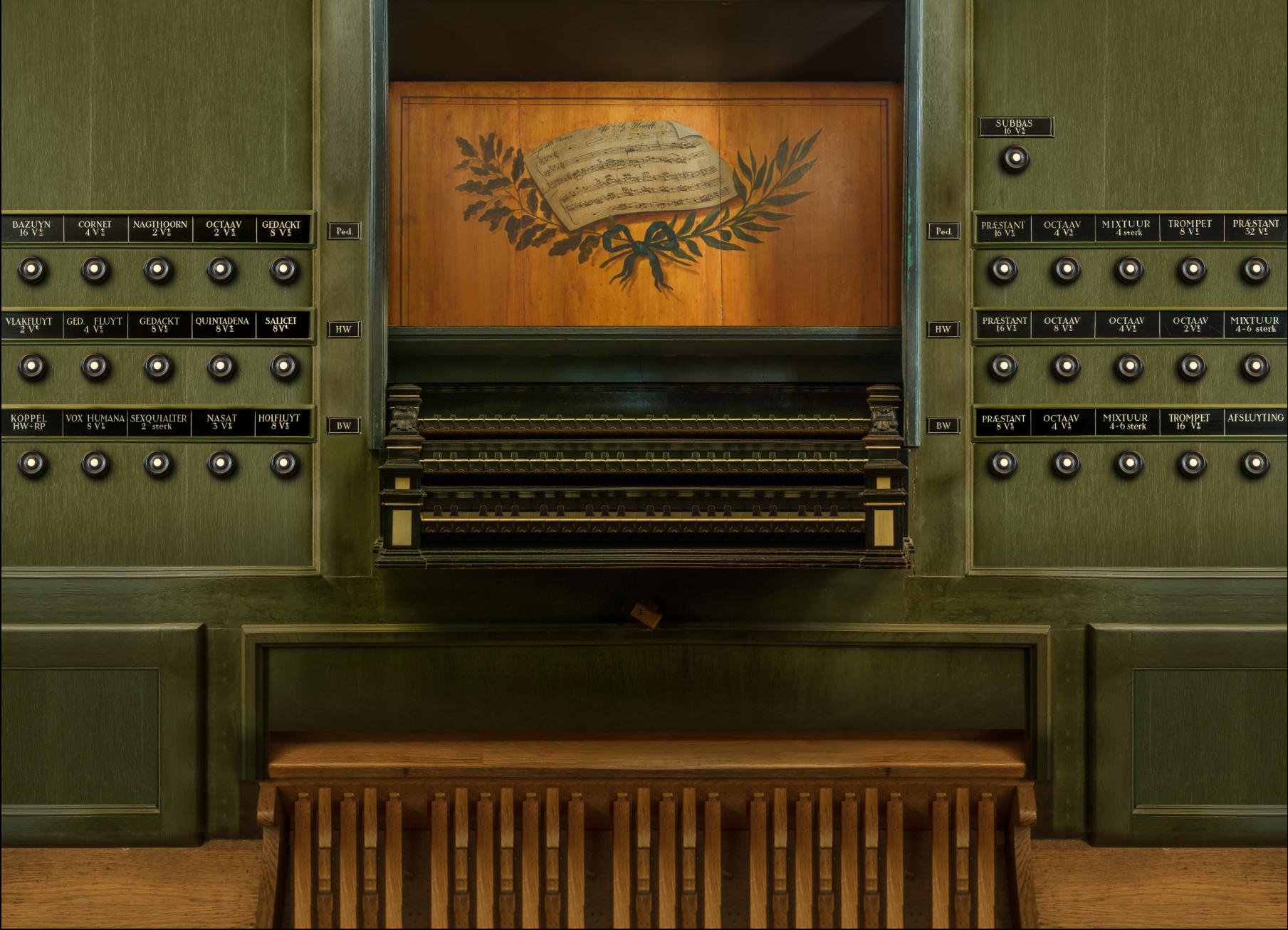
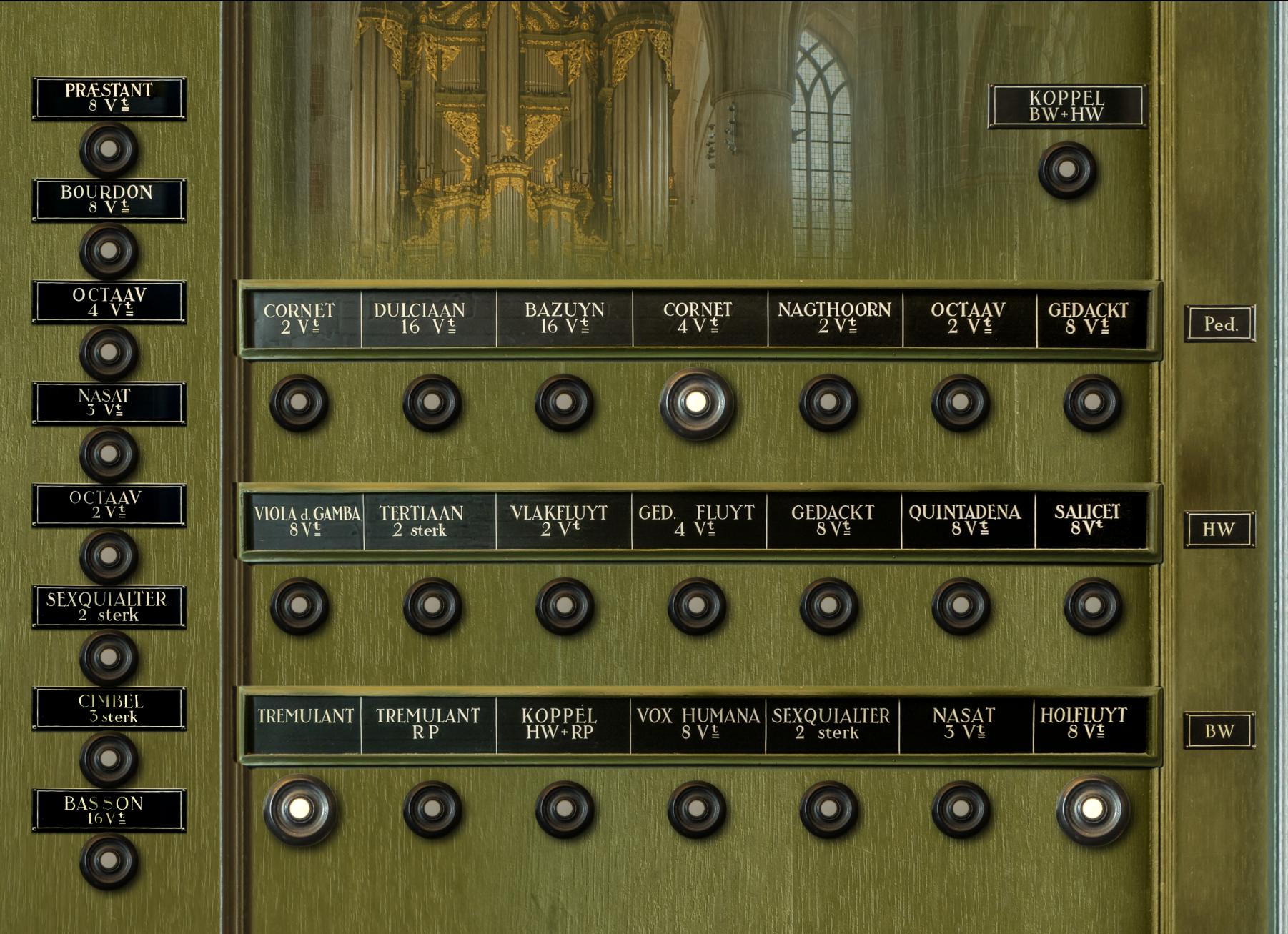


Requisitos
Hauptwerk v7 e superior suportados. O conjunto de amostras é oferecido em formato encriptado usando a encriptação proprietária do Hauptwerk.
Resolução de tela 1280x1024 px ou mais.
Polifonia de 8000 vozes recomendada para o surround completo (mínimo de 4000 tubos, 2000 para a variante de 2 canais).
Consumo de RAM: 2-canais (Semi-seco)
16-bit, outras configurações padrão: 12.4 GB
20-bit, outras configurações padrão: 20.3 GB
24-bit, outras configurações padrão: 23.1 GB
Consumo de RAM: liberações truncadas para o nível mais curto (decadência curta) - para uso com o motor de convolução do Hauptwerk e IRs do Sonus Paradisi.
16-bit: 8.9 GB
20-bit: 11.8 GB
Consumo de RAM: liberações truncadas para o nível mais curto, todas as fileiras de tremulante desativadas - otimizado para o consumo razoável mínimo de RAM
16-bit: 6.0 GB
16-bit: 4.2 GB quando carregado em mono (para o consumo absoluto mínimo de RAM)
Consumo de RAM: 2-canais (variante Úmida)
16-bit, outras configurações padrão: 12.4 GB
20-bit, outras configurações padrão: 20.3 GB
24-bit, outras configurações padrão: 23.1 GB
A variante Surround de 4 Canais do modelo inclui os canais Frontal Difuso e Traseiro.
Consumo de RAM: Surround de 4 Canais
16-bit, outras configurações padrão: 23.1 GB
20-bit, outras configurações padrão: 38.9 GB
24-bit, outras configurações padrão: 43.7 GB
A variante Full Surround inclui todos os 8 canais listados acima.
Consumo de RAM: surround de 8 canais
16-bit, outras configurações padrão: 46 GB
20-bit, outras configurações padrão: 75 GB (recomendado)
24-bit, outras configurações padrão: 85 GB
Consumo de RAM: surround de 8 canais, mas todas as amostras de tremulante silenciadas
16-bit: 26 GB (útil para computadores com um total de 32 GB de RAM)
20-bit: 44 GB
Este Conjunto de Amostras Hauptwerk é apresentado a você por Leonart Studio, um revendedor autorizado do fabricante Sonus Paradisi na Suíça (envios internacionais). Aproveite esta biblioteca de órgãos digitalmente amostrada para uso com o software Hauptwerk e comece a expandir sua coleção de órgãos históricos hoje.
0
Total de itens
CHF 0.00
Subtotal dos produtos
Mais Conjuntos de Amostras Hauptwerk
-
Schwerin, Dom, Ladegast Organ 1871 [Hauptwerk]
Fornecedor:Sonus ParadisiPreço normal CHF 616.00Preço normalPreço unitário / por -
Segóvia, 1772 [Obra Principal]
Fornecedor:Sonus ParadisiPreço normal CHF 317.90Preço normalPreço unitário / por -
![Groningen, 1450-1740 [Obra Principal]](//artful.shop/cdn/shop/files/ss_Groningen1.jpg?v=1693275425&width=533) Em promoção
Em promoçãoGroningen, 1450-1740 [Obra Principal]
Fornecedor:Sonus ParadisiPreço normal A partir de CHF 658.90Preço normalPreço unitário / porCHF 1,681.90Preço de saldo A partir de CHF 658.90Em promoção -
St. Maximin, 1775 [Obra Principal]
Fornecedor:Sonus ParadisiPreço normal CHF 440.00Preço normalPreço unitário / por -
Reuter, 1928 [Obra Principal]
Fornecedor:Sonus ParadisiPreço normal CHF 473.00Preço normalPreço unitário / por -
Casavant, 1995 [Obra Principal]
Fornecedor:Sonus ParadisiPreço normal CHF 174.90Preço normalPreço unitário / por -
![Roterdão Hoofdorgel, 1973 [Hauptwerk]](//artful.shop/cdn/shop/files/ss_RotterdamMain1.jpg?v=1693279529&width=533) Em promoção
Em promoçãoRoterdão Hoofdorgel, 1973 [Hauptwerk]
Fornecedor:Sonus ParadisiPreço normal A partir de CHF 330.00Preço normalPreço unitário / porCHF 958.10Preço de saldo A partir de CHF 330.00Em promoção -
Piacenza, 1838 [Obra Principal]
Fornecedor:Sonus ParadisiPreço normal CHF 330.00Preço normalPreço unitário / por -
Bückeburg, 1997 [Obra Principal]
Fornecedor:Sonus ParadisiPreço normal A partir de CHF 1.10Preço normalPreço unitário / por -
Lüdingworth, 1683 [Obra Principal]
Fornecedor:Sonus ParadisiPreço normal CHF 330.00Preço normalPreço unitário / por

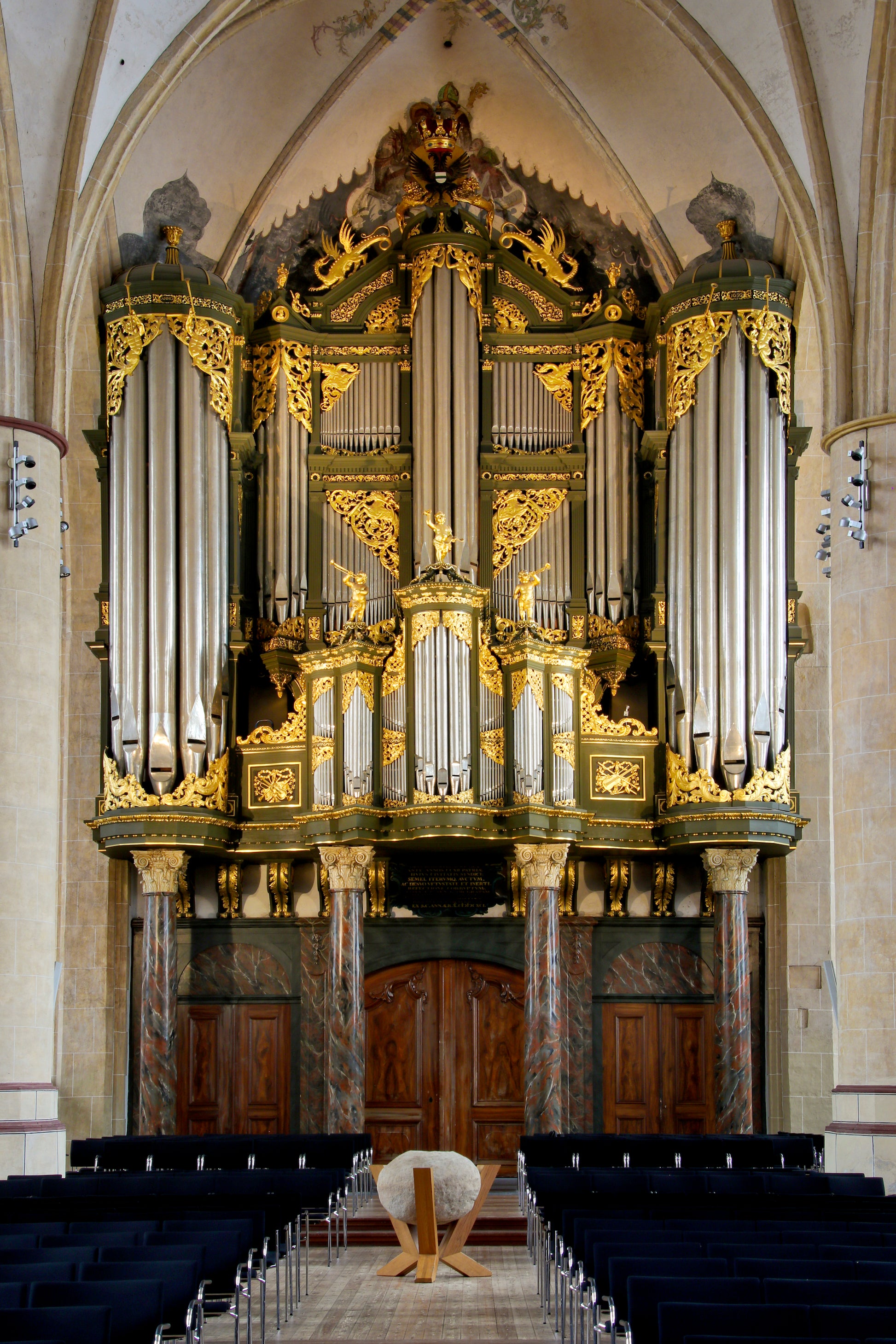
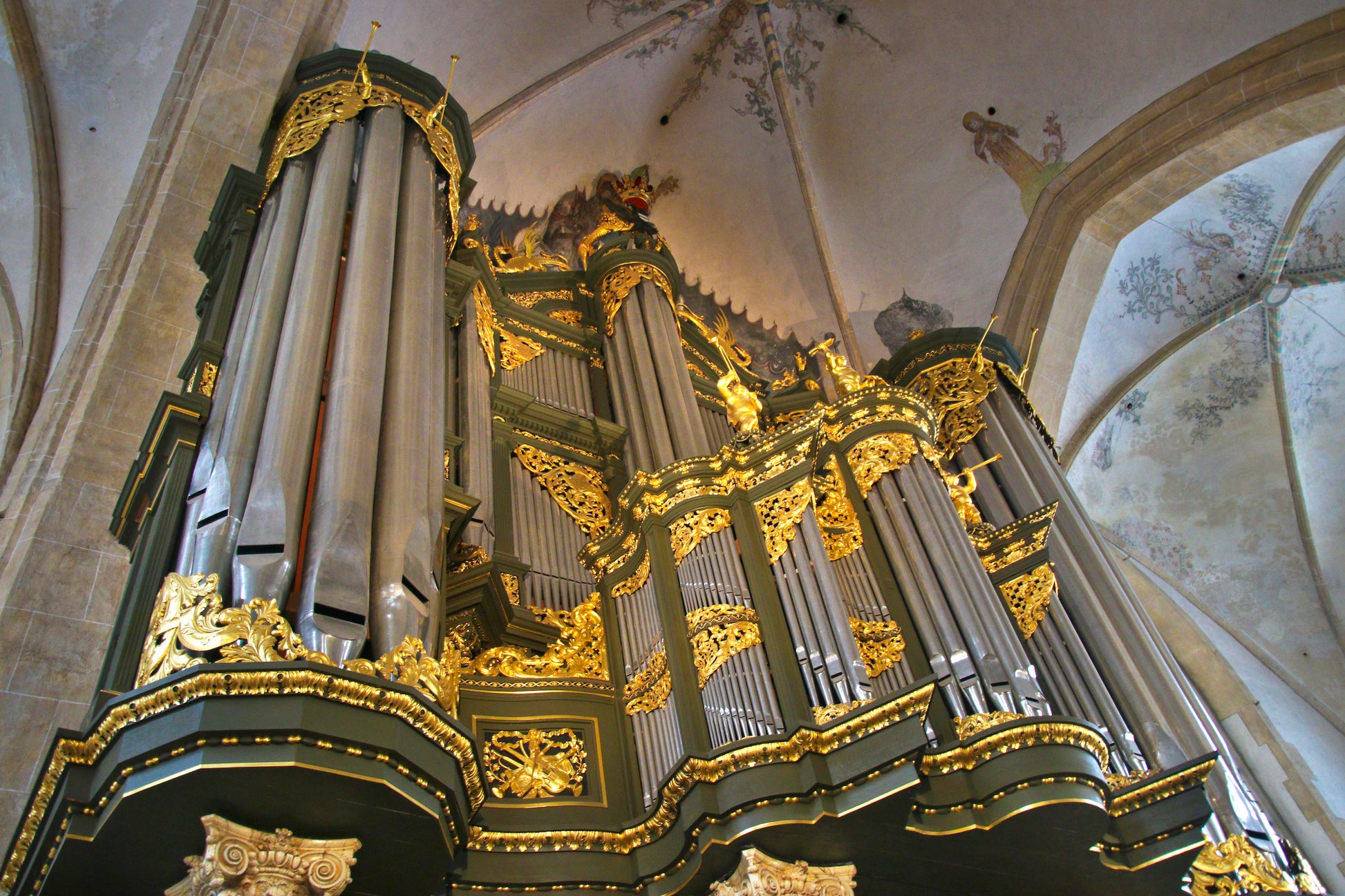
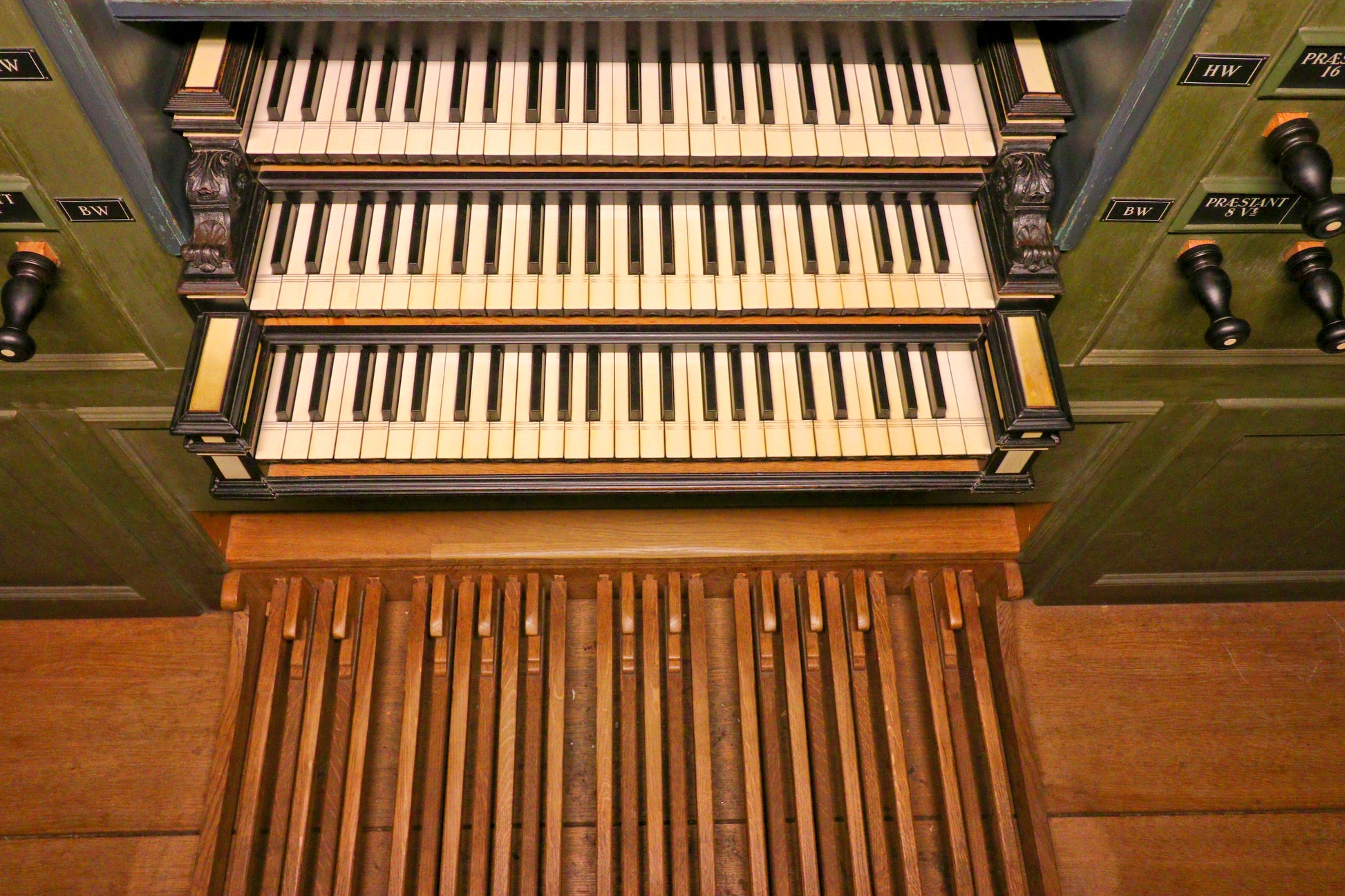


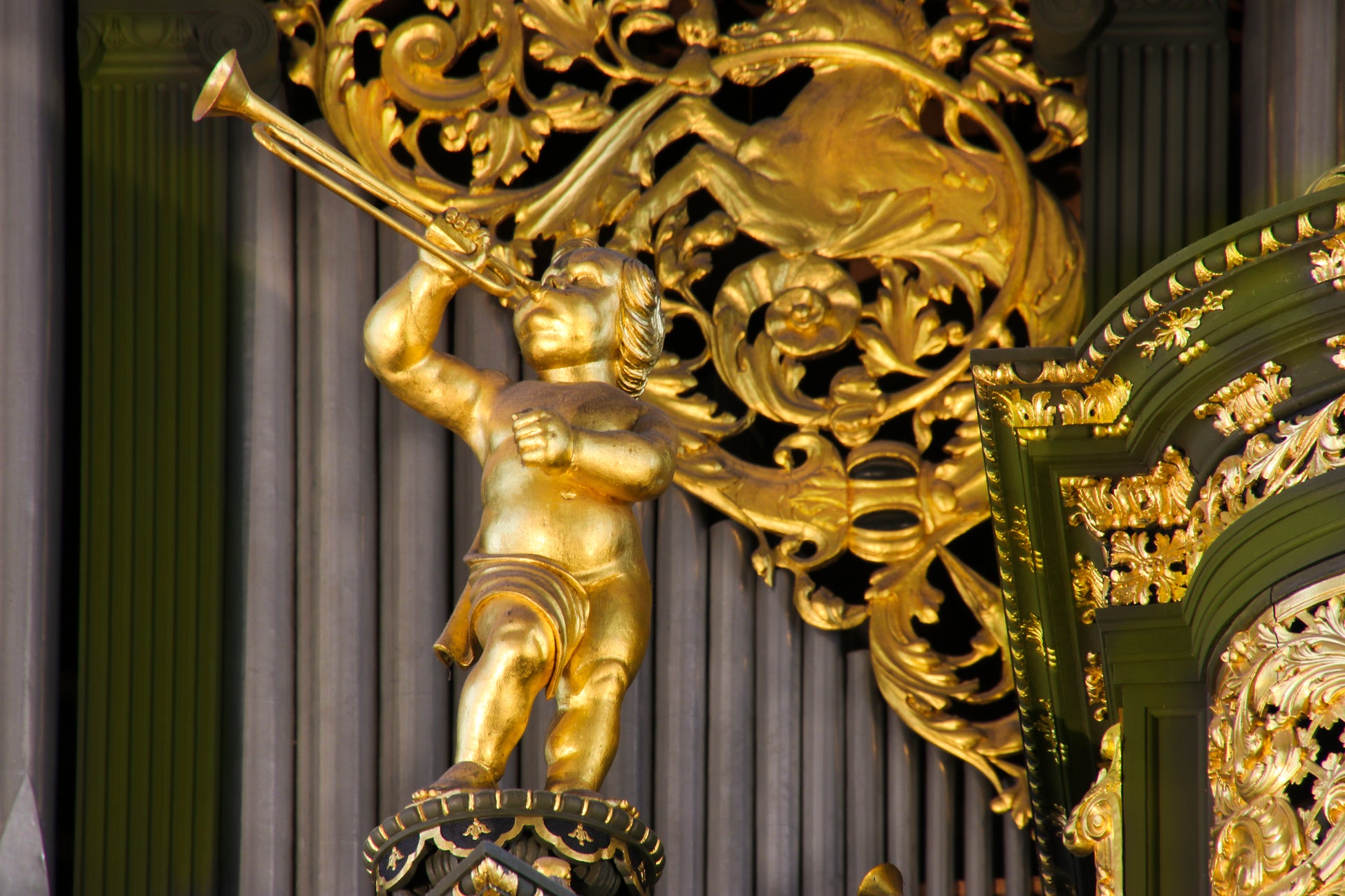
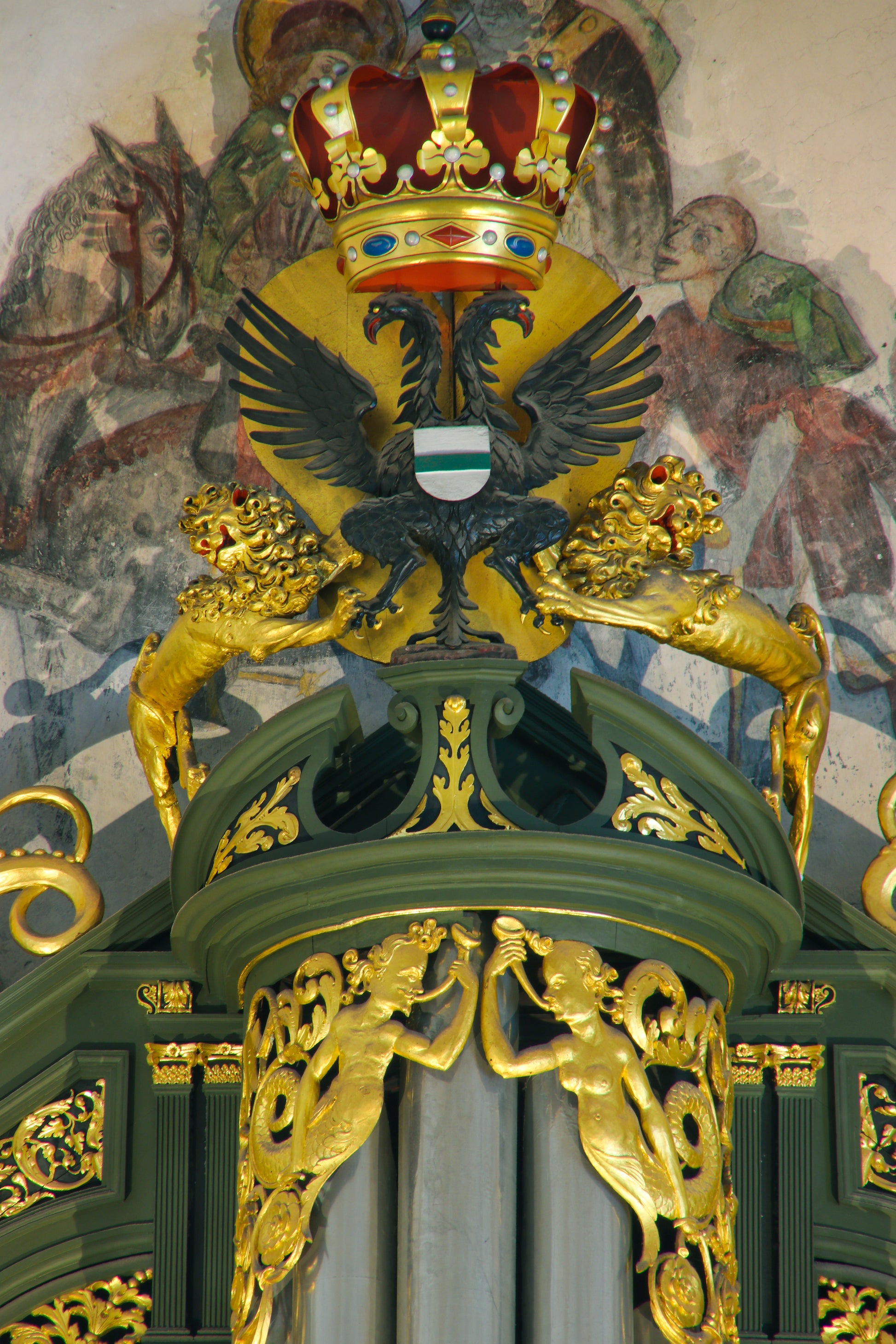
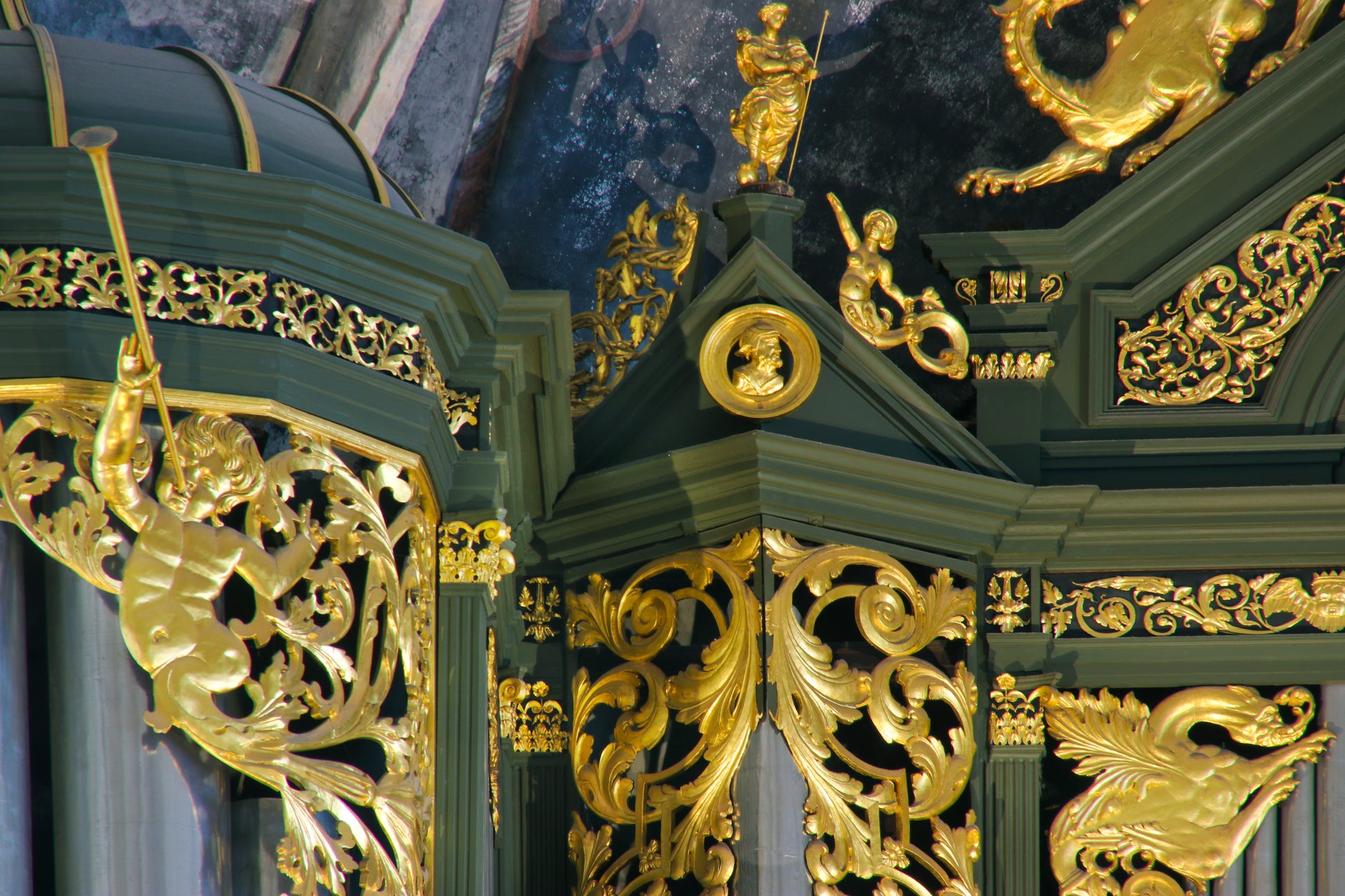

![Schwerin, Dom, Ladegast Organ 1871 [Hauptwerk]](http://artful.shop/cdn/shop/files/ladegast1.jpg?v=1759140126&width=533)
![Segóvia, 1772 [Obra Principal]](http://artful.shop/cdn/shop/files/ss_segovia1.jpg?v=1714213906&width=533)
![Groningen, 1450-1740 [Obra Principal]](http://artful.shop/cdn/shop/files/ss_Groningen1.jpg?v=1693275425&width=533)
![St. Maximin, 1775 [Obra Principal]](http://artful.shop/cdn/shop/files/ss_maximin1.jpg?v=1692902597&width=533)
![Reuter, 1928 [Obra Principal]](http://artful.shop/cdn/shop/files/ss_Reuter1.jpg?v=1693321024&width=533)
![Casavant, 1995 [Obra Principal]](http://artful.shop/cdn/shop/files/ss_casavant1.jpg?v=1693319885&width=533)
![Roterdão Hoofdorgel, 1973 [Hauptwerk]](http://artful.shop/cdn/shop/files/ss_RotterdamMain1.jpg?v=1693279529&width=533)
![Piacenza, 1838 [Obra Principal]](http://artful.shop/cdn/shop/files/ss_piacenza1.jpg?v=1693003521&width=533)
![Bückeburg, 1997 [Obra Principal]](http://artful.shop/cdn/shop/files/ss_bueckeburg1.jpg?v=1692967628&width=533)
![Lüdingworth, 1683 [Obra Principal]](http://artful.shop/cdn/shop/files/ss_luedingworth1.jpg?v=1692998051&width=533)